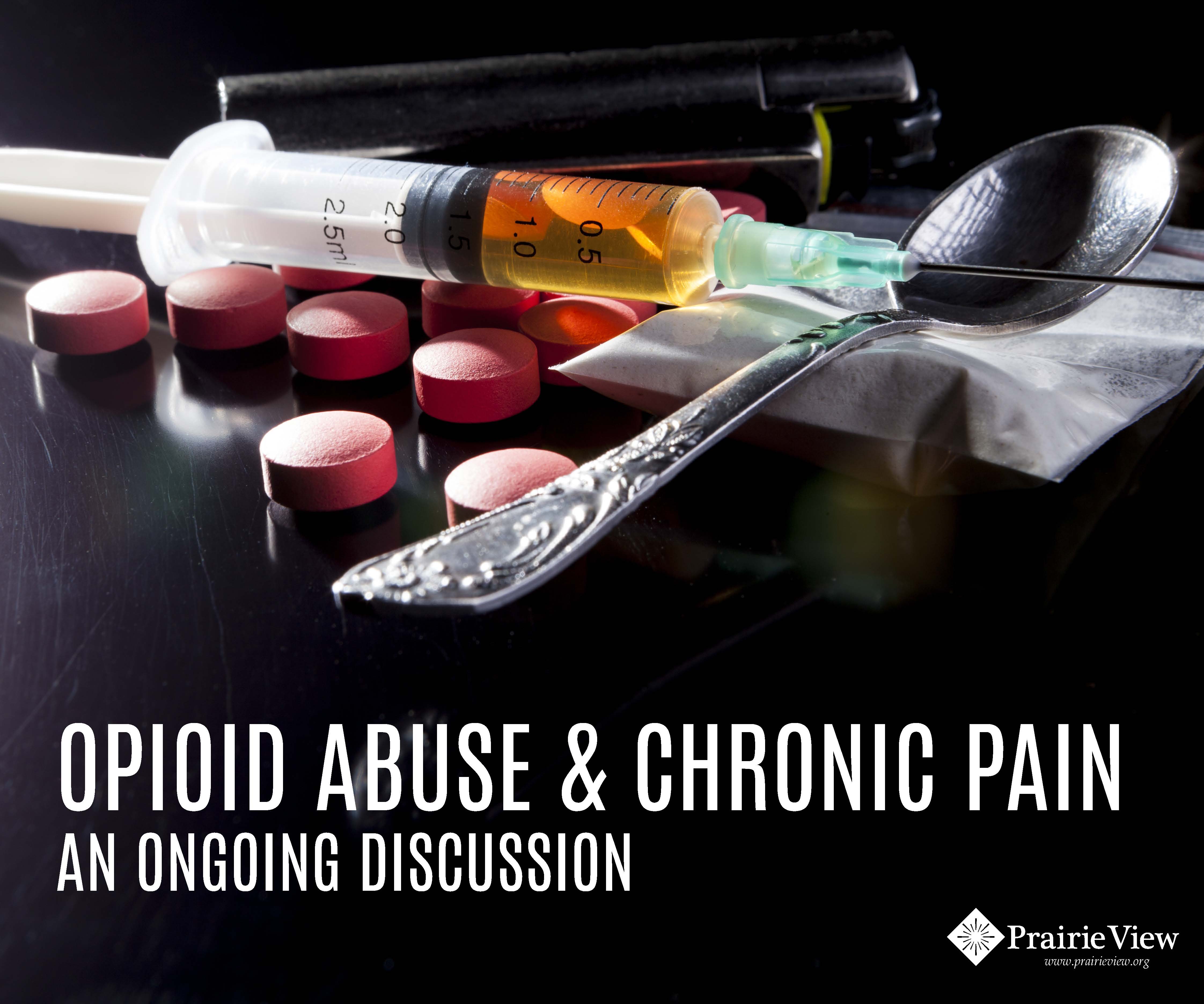Alcohol consumption research findings on cancer disease

Alcohol consumption research findings on cancer disease indicates if not addressed more catastrophic result awaits the societies
Alcohol consumption research findings on cancer disease
In our previous article we dealt with the effects of alcohol and cancer risk and in particular we were able to disclose who the use of alcohol increases the risk of contracting head and neck cancer, esophageal cancer, liver cancer and breast cancer. You realize that these are not the only types of cancer that are closely associated with alcohol consumption. In this article we are going to further onto the discussion while focusing on the realities of alcohol consumption research findings about the cancer disease. When research is done, what follows is getting the outcome of that research. In this line of duty a lot of studies have been done primarily to establish if there is any association between alcohol consumption and the risk of cancer. And other than what we discussed previously, the risk is not as evident in other cancers like cancers of the pancreas, ovary, prostate, stomach, uterus, and bladder. In these cancers cases, studies have not established any close association with alcohol or where there is evidence it was inconsistent.
However, for two cancers renal cell (kidney) cancer and non-Hodgkin lymphoma (NHL) multiple studies have shown that increased alcohol consumption is associated with a decreased risk of cancer. A meta-analysis of the NHL studies (which included 18,759 people with NHL) found a 15 percent lower risk of NHL among alcohol drinkers compared with nondrinkers. The mechanisms by which alcohol consumption would decrease the risks of either renal cell cancer or NHL are not understood.
Alcohol consumption research findings on cancer disease: Alcohol increases the risks of cancer
And according to doctor Dalal Akoury a veteran addiction experts of many decades, several studies have in the past established numerous ways through which alcohol consumption may increase the risk of cancer including some of them as follows:
- Metabolizing (breaking down) ethanol in alcoholic drinks to acetaldehyde, which is a toxic chemical and a probable human carcinogen; acetaldehyde can damage both DNA (the genetic material that makes up genes) and proteins
- Generating reactive oxygen species (chemically reactive molecules that contain oxygen), which can damage DNA, proteins, and lipids (fats) through a process called oxidation
- Impairing the body’s ability to break down and absorb a variety of nutrients that may be associated with cancer risk, including vitamin A; nutrients in the vitamin B complex, such as folate; vitamin C; vitamin D; vitamin E; and carotenoids
- Increasing blood levels of estrogen, a sex hormone linked to the risk of breast cancer
Besides that alcoholic beverages may also contain a variety of carcinogenic contaminants that are introduced during fermentation and production, such as nitrosamines, asbestos fibers, phenols, and hydrocarbons. With all these immediate action needs to be taken and doctor Akoury and her team of experts at AWAREmed Health and Wellness Resource Center will be glad to do just that if you can schedule for an appointment today.
Alcohol consumption research findings on cancer disease: Dangers of combining alcohol and tobacco smoking
Epidemiologic research shows that people who use both alcohol and tobacco have much greater risks of developing cancers of the oral cavity, pharynx (throat), larynx, and esophagus than people who use either alcohol or tobacco alone. In fact, for oral and pharyngeal cancers, the risks associated with using both alcohol and tobacco are multiplicative; that is, they are greater than would be expected from adding the individual risks associated with alcohol and tobacco together.
Alcohol consumption research findings on cancer disease
http://www.integrativeaddictionconference.com/wp-admin








